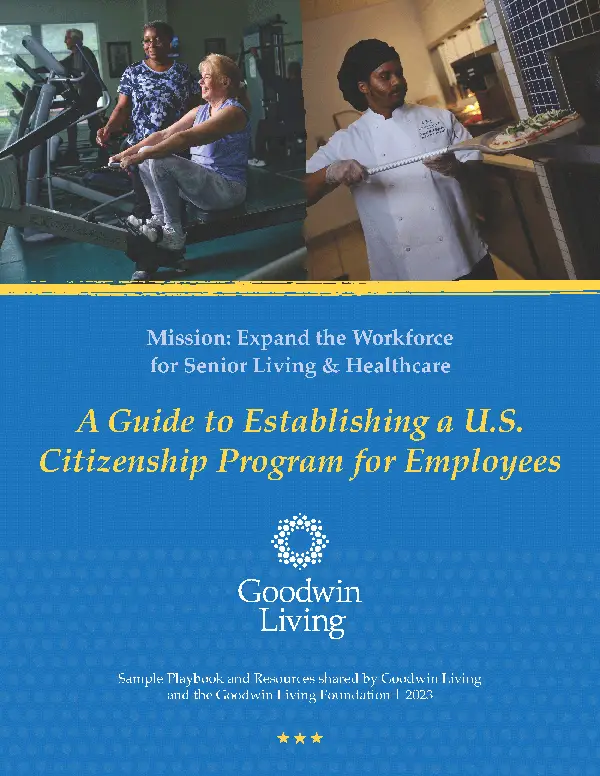
Live Comfortably - March 19, 2024
By Christie Thomas
Breathing is one of the few functions of our body that is both involuntary and voluntary. We don’t have to think about it for our lungs to automatically take and express air. At the same time, we can choose to control our breath—holding it to go underwater while swimming or slowing the flow of air out through our mouths as we sing.
Many functions in the body are affected directly or indirectly by our breath. Our heart rate, metabolism, circulation, immune system and even our ability to release toxins and body fat all rely on healthy functional breathing.
So, what makes for a functional breath? And what can we do to ensure we’re taking optimal breaths? Let’s take a deep breath and dig in.
Breathing pattern disorders often go undiagnosed or are misdiagnosed, making it difficult to track the prevalence of dysfunctional breathing. Estimates suggest that 10% of adults could experience dysfunctional breathing at some point in their lives. Dysfunctional breathing, essentially, is over breathing. As we breathe, we inhale oxygen and exhale carbon dioxide. When we breathe excessively, we get rid of more carbon dioxide than we produce, lowering the levels of CO2 in our blood. While you might expect a lack of oxygen to make you feel breathless, low CO2 levels produce similar symptoms. You might have heard of the other term for this condition: hyperventilation.
Hyperventilation doesn’t only happen when someone is having a panic attack. You could be over breathing if you are constantly breathing through your mouth and/or using your upper chest muscles to breathe more than your diaphragm. You might notice yourself doing something called paradoxical breathing, which happens when the chest expands during inhalation and the abdomen is drawn inwards and then during exhalation the abdomen is pushed outwards.
You may regularly experience the following symptoms if your breathing pattern is dysfunctional:
So how do we breathe in a functional manner? As they say, “only the nose knows.”
The nose provides a sense of smell and 29 other functions, including the important function of filtering and preparing air before it enters the lungs. As the nostrils are significantly smaller than the mouth, breathing through the nose creates approximately 50% more resistance compared to mouth breathing during wakefulness, which results in a 10-15% increase in the oxygen uptake in the blood. This resistance also gives the air more time to circulate in the lungs. Breathing in and out through the mouth should only be a backup.
Functional breathing is light, quiet, effortless and soft. Breaths enter and exit through the nose and down into the diaphragm. They should be rhythmic and gently paused on the exhale. Functional breathing offers many benefits:
There are several breathing exercises to do retrain your body for functional breathing. As with any kind of exercise, you should talk to your doctor before starting a new exercise regimen. Those with high blood pressure, cardiovascular diseases, type 1 diabetes, kidney disease, depression or cancer may be advised to only practice nasal breathing.
Let’s start your journey as a functional breather right now: take a light, quiet, soft and slow breath in through the nose and a soft, controlled, long exhale through the nose. You’re already on your way to better breathing!
Now let’s get the diaphragm functioning. Lay on your back and rest both hands on your lower ribs where your diaphragm is located. Take a gentle breath in through your nose, focusing on expanding your ribs left and right as you inhale. Exhale lightly through your nose, keeping your stomach relaxed so it lowers naturally rather than using it to force the air out. Pause at the end of your exhale before repeating the process. Do this exercise for a couple of minutes.
There are many more exercises out there, including yoga breath practices and pursed lip breathing. There are also optimal breathing patterns to practice during exercise. Try incorporating some of these practices into your daily routine and find yourself breathing easily!
____________________________
Christie Thomas is Fitness & Aquatics Coordinator at Goodwin House Alexandria. She is a 200RYT Certified Yoga Instructor, AFAA Group Fitness Certified, ADAPT Parkour Level 1 Coach and American Parkour Ambassador. Christie has many years in training different styles of movement and has taught different ages and skill levels in a group class and private setting, thought she finds it most gratifying to help the older population. Christie is passionate about helping older adults become confident with their functional movements and gain a better range of motion and balance.
